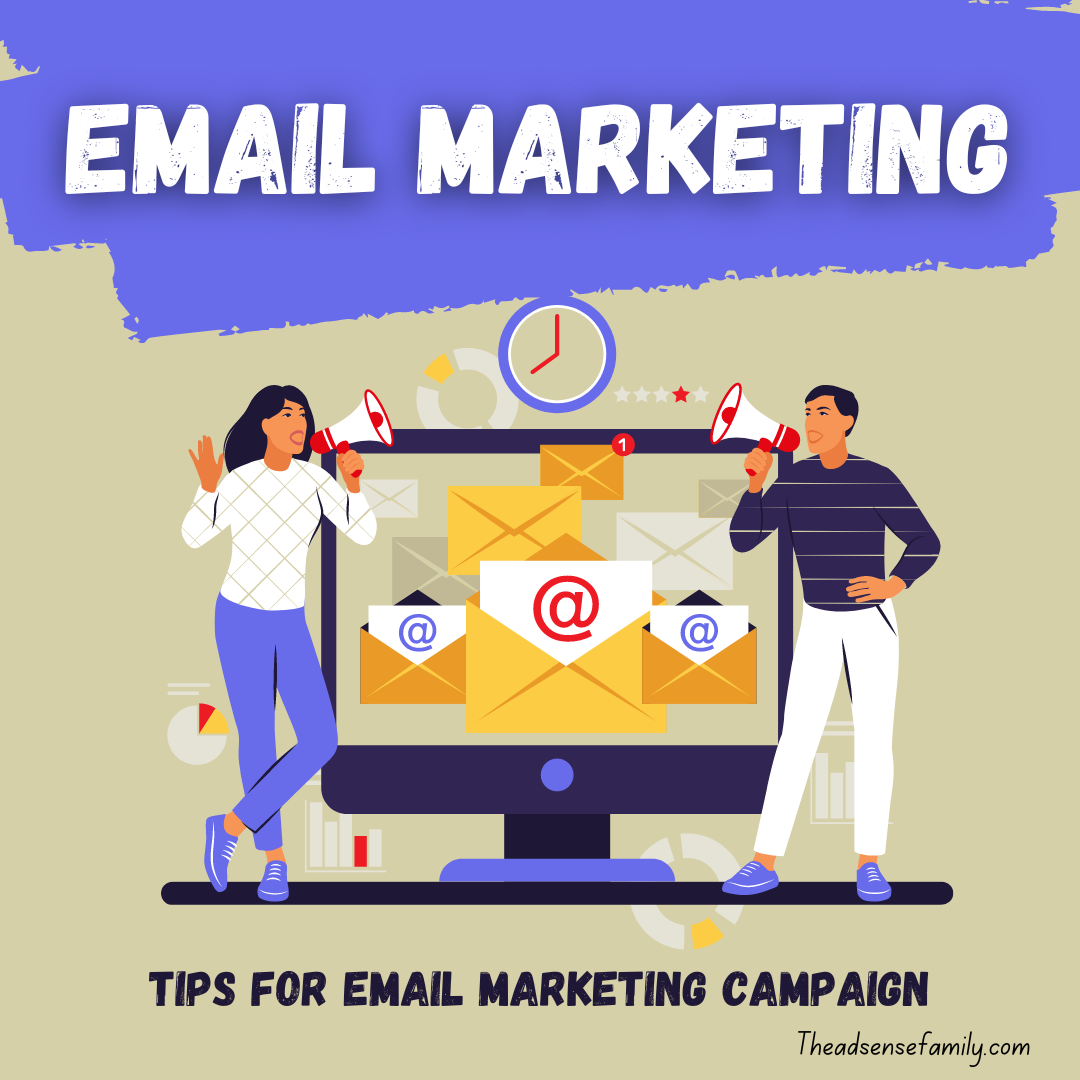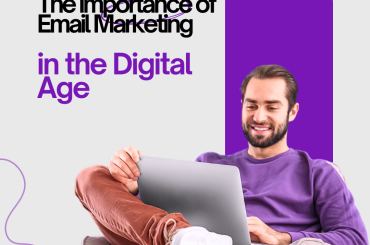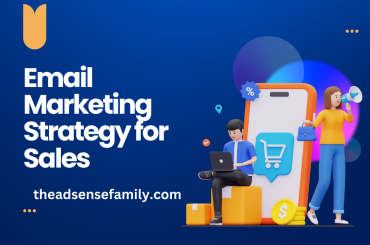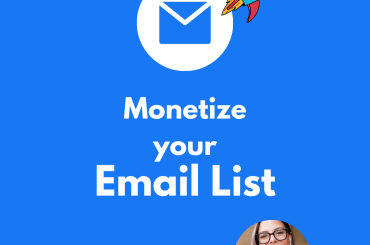Tips for creating an effective email campaign
Are you looking to level up your marketing game and connect with your audience in a more impactful way? One powerful tool at your disposal is an email campaign. Crafting effective emails can help you engage with your target audience, drive traffic to your website, and ultimately boost conversions. In this blog post, we will explore some valuable tips to help you create successful email campaigns that resonate with your recipients. Let’s dive in!
Understanding the Purpose of an Email Campaign
Before diving into creating an email campaign, it’s crucial to understand its purpose. Email campaigns serve as a direct line of communication between your business and your audience. They allow you to share valuable information, promote products or services, drive traffic to your website, and nurture relationships with potential customers.
By defining the goals of your email campaign, whether it’s increasing brand awareness, generating leads, or driving sales, you can tailor your content and strategy accordingly. Understanding the purpose behind each email will help guide your messaging and ensure that every communication serves a specific objective.
Additionally, analyzing the results of your email campaigns against their intended purposes can provide valuable insights for future marketing efforts. By continuously evaluating how well each campaign aligns with its initial goals, you can refine your approach over time for even greater success.
Identifying Your Target Audience
Understanding your target audience is crucial when creating an email campaign. By identifying who your audience is, you can tailor your message to resonate with them specifically. Consider demographics such as age, location, interests, and behavior to create personalized content that speaks directly to their needs.
Researching and analyzing data will help you uncover valuable insights about your target audience. Utilize tools like Google Analytics or social media analytics to gather information on what resonates with your audience the most. This data will inform the type of content and messaging that will be most effective in engaging your subscribers.
Segmenting your email list based on different characteristics allows for more targeted campaigns. By sending relevant content to specific segments of your audience, you can increase open rates and conversions. Personalization plays a significant role in connecting with recipients on a deeper level.
Stay tuned for more tips on how to optimize your email campaign!
Crafting a Strong Subject Line
Crafting a Strong Subject Line is crucial in capturing your audience’s attention right from their inbox. The subject line should be concise, relevant, and intriguing to entice recipients to open your email. Avoid using all caps or excessive punctuation marks as they can come off as spammy. Personalization can also increase the likelihood of your email being opened, so consider addressing the recipient by name or referencing past interactions.
A good practice is to A/B test different subject lines to see which ones perform best with your audience. Experiment with emojis sparingly – while they can add visual appeal, they may not resonate with all demographics. Remember that the subject line sets the tone for the entire email, so make sure it accurately reflects the content inside.
A strong subject line is like a teaser trailer for your email campaign – it should leave recipients curious and eager to uncover what lies within their inbox.
Choosing the Right Tone and Voice
When it comes to creating an effective email campaign, choosing the right tone and voice is crucial. Your tone sets the mood for how your message will be received by your audience. Are you aiming for a more formal and professional tone or a casual and friendly one? Consider what will resonate best with your target demographic.
The voice of your email should align with your brand personality. Stay consistent with the way you communicate across all platforms. Whether it’s informative, humorous, or empathetic, ensure that it reflects who you are as a company.
Tailoring your tone and voice to match the preferences of your audience can help establish a connection and build trust. Keep in mind cultural nuances and language differences if you’re targeting a diverse group of recipients.
Experiment with different tones to see what generates the most engagement from your subscribers. A/B testing can provide valuable insights into what resonates best with your audience. Remember, finding the right balance between professionalism and relatability is key in crafting compelling email content.
Personalizing Your Emails
Personalizing Your Emails:
When it comes to creating an effective email campaign, personalization is key. Gone are the days of generic mass emails that end up in the spam folder. Nowadays, customers expect a more tailored and personalized approach.
Addressing your recipients by their name is just the tip of the iceberg when it comes to personalizing your emails. Take it a step further by segmenting your audience based on their preferences, behavior, or demographics. This allows you to send targeted content that resonates with each individual.
Including personalized recommendations or special offers based on previous interactions can significantly increase engagement and conversion rates. By showing your audience that you understand their needs and preferences, you build trust and loyalty.
Remember, personalization goes beyond just using someone’s name; it’s about delivering relevant content that speaks directly to them. So take the time to gather data, analyze insights, and create personalized experiences that leave a lasting impression on your subscribers.
Utilizing Visuals and Multimedia
Visuals and multimedia are powerful tools in capturing the attention of your audience in an email campaign. Including eye-catching images, videos, or infographics can help convey your message more effectively than plain text alone.
When utilizing visuals, make sure they are relevant to your content and enhance the overall message you want to communicate. High-quality images and videos can increase engagement and encourage recipients to take action.
Including multimedia elements can also break up large blocks of text, making your emails more visually appealing and easier to digest. Incorporating interactive elements like GIFs or buttons can further engage readers and drive them towards your call-to-action.
Remember that visual content should align with your brand identity to maintain consistency across all communication channels. By incorporating a mix of visuals and multimedia elements strategically, you can create a more engaging email campaign that resonates with your target audience.
Properly Formatting and Branding Your Emails
When it comes to email campaigns, proper formatting and branding play a crucial role in capturing your audience’s attention. The layout of your emails should be clean and easy to read, with a good balance of text and visuals. Utilize white space effectively to prevent overwhelming your readers.
Consistency is key when it comes to branding. Make sure your emails reflect your brand identity through the use of colors, fonts, and logos. This helps establish trust with your audience and creates a cohesive experience across all touchpoints.
Consider mobile responsiveness in your email design as more people access their emails on smartphones or tablets. Ensure that your emails look great and are functional on different devices for a seamless user experience.
Incorporate clear CTAs that stand out visually within the email. Whether you want recipients to shop now, learn more, or sign up, make it easy for them to take action with strategically placed buttons or links throughout the content.
Remember that every element of your email should contribute to reinforcing your brand image and driving engagement from start to finish.
Including a Clear Call to Action
Including a clear call to action in your email campaign is crucial for driving the desired response from your recipients. Whether it’s encouraging them to make a purchase, sign up for an event, or download a resource, your call to action should be compelling and straightforward.
Make sure your CTA stands out visually within the email by using contrasting colors or buttons. Highlighting it effectively will draw attention and prompt action from your audience.
Use strong and actionable language in your call to action. Phrases like “Shop Now,” “Register Today,” or “Learn More” can create a sense of urgency and motivate recipients to click through.
Ensure that your call to action links directly to the intended landing page where users can easily complete the desired action. A seamless experience increases the likelihood of conversion.
Remember that testing different CTAs and placements can help you optimize performance over time. Analyzing data on click-through rates will provide insights into what resonates best with your audience, allowing you to refine future campaigns for even better results.
Testing and Analyzing Your Campaign
Testing and analyzing your email campaign is crucial for its success. Start by A/B testing different elements such as subject lines, call to action buttons, or images to see which version performs better. Analyze the data gathered from these tests to make informed decisions on what resonates with your audience.
Consider segmenting your email list based on demographics, behavior, or preferences. This allows for more targeted campaigns and personalized content that can yield higher engagement rates. Use analytics tools provided by your email marketing platform to track key metrics like open rates, click-through rates, and conversions.
Pay attention to when you send your emails. Test different days of the week and times of day to determine when your audience is most active and likely to engage with your content. By continuously testing and analyzing your campaign performance, you can optimize future campaigns for better results over time.






